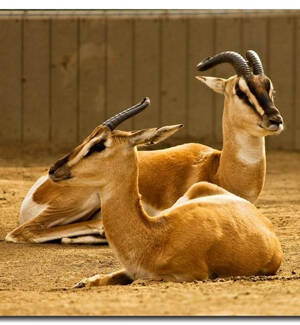
The Gazella spekei is the smallest gazelle. The Gazella spekei was once considered a subspecies of the mountain gazelle.The population size of the Gazella spekei is relatively small, consisting of five to ten individuals, and occasionally larger groups. The territorial males control the herd and ter...
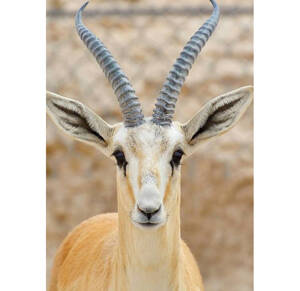
Arabian Sand Gazelle (Scientific name: Gazella marica) English: Arabian Sand Gazelle, Arabic: Reem, no subspecies. The Arabian Sand Gazelle was previously classified as a subspecies of the Goitered Gazelle. DNA evidence shows that although the two species are closely related, they represent differen...
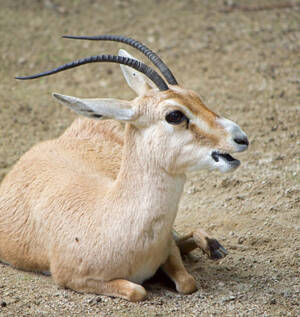
Slender-horned Gazelle (scientific name: Gazella leptoceros) English: Slender-horned Gazelle, French: Gazelle Leptocère, Gazelle à Cornes Fines, Spanish: Gacela de Astas Delgadas, Arabic: Ghazal abiad, Reem, German: Dunengazelle, has 2 subspecies.Slender-horned gazelles live in groups, usually con...
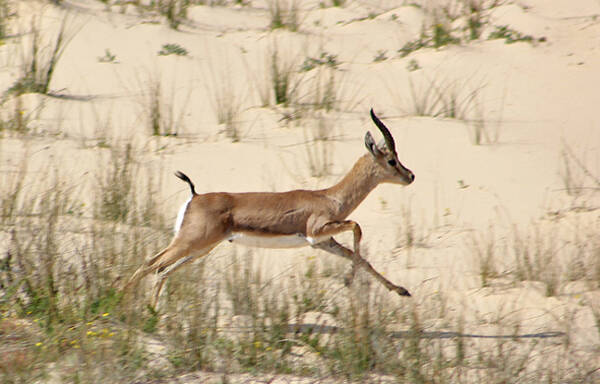
Mountain Gazelle (scientific name: Gazella gazella) is also known as Mountain Gazelle and Idmi in foreign languages. There are 6 subspecies.Mountain gazelles gather in groups, usually in small groups of 3-8, sometimes more. The social structure is that of a male leader who has his own territory and...
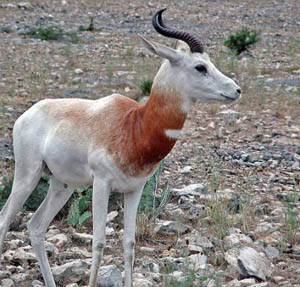
Deer gazelle (scientific name: Gazella dorcas) foreign name Dorcas Gazelle, there are 6 subspecies.Adult male deer gazelles are territorial and will deposit feces within their territory. These feces are deposited in a striking display, with males first making footprints on the ground, then urinating...
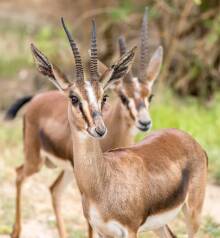
Cuvier's Gazelle (scientific name: Gazella cuvieri) is also known as Cuvier's Gazelle, Mountain Gazelle, Uvier's Gazelle, Cuviers Gazelle, and has no subspecies.Cuvier's gazelles live in small groups of 3-5, sometimes up to 82 in large groups, these groups are composed of females and...

The Yemen Gazelle (scientific name: Gazella bilkis, English name: Queen of Sheba's Gazelle) is a bovine animal originally distributed in the mountains of Yemen. It became extinct between 1985 and 1986.Protect wild animals and eliminate game.Maintaining ecological balance is everyone's respon...
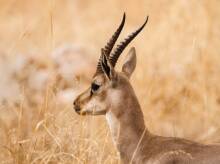
Indian Gazelle (scientific name: Gazella bennetti) is also known as Chinkara and Indian Gazelle in foreign languages. There are 6 subspecies.Indian Gazelle marks its territory on piles of feces. Like other gazelles, adult males are territorial and stay in demarcated areas. They will chase away other...

The Arabian gazelle (Gazella arabica) is an enigmatic gazelle that was hunted to extinction in its Middle Eastern habitat of Saudi Arabia and is known only from a specimen found in 1825 on the Red Sea island of Farasen. The species was listed as extinct on the IUCN Red List of Threatened Species in...

Thomson's gazelle, scientific name: Eudorcas thomsonii (Günther, 1884) foreign name Thomson's gazelle, has 2 subspecies.Thomson's gazelles are good at running and are very alert. They run away at the first sign of movement. They are gregarious and often form the world's most spectac...
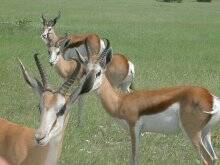
Red-fronted Gazelle (scientific name: Eudorcas rufifrons) is also known as Red-fronted Gazelle in English. It has 5 subspecies.Thomson's gazelle is closely related to the red-fronted gazelle, but is easily distinguished from it by its wide black stripes. The front of the body of the red-fronted...
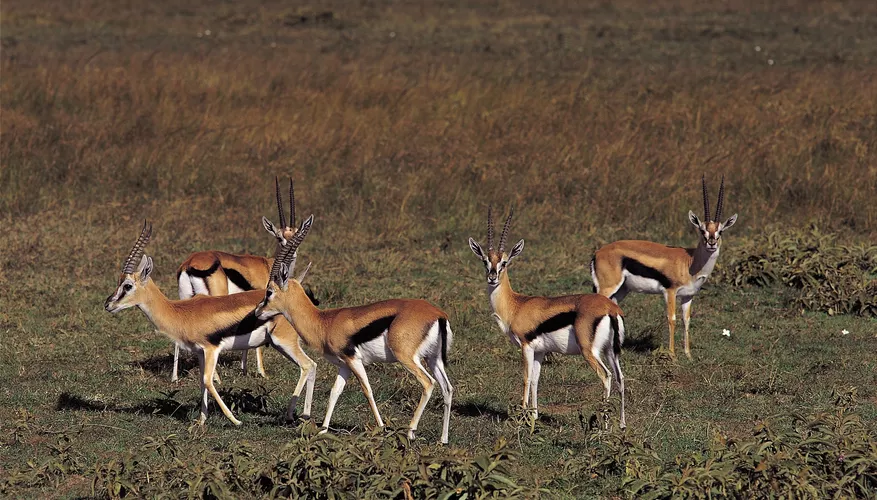
Gazelles, often seen as the quintessential prey in dramatic predator-prey interactions in nature documentaries, are far more than just targets for larger predators. These members of the antelope family are known for their intelligence, adaptability, and physical prowess.Physical Characteristics of G...

Tibetan antelope is a typical plateau animal. They mainly inhabit China's Tibet, Qinghai, Xinjiang and other regions, and can also be found in India, Mongolia and Pakistan. They usually live in alpine areas at an altitude of 3,000 to 6,000 meters and are one of the endemic animals in the plat...